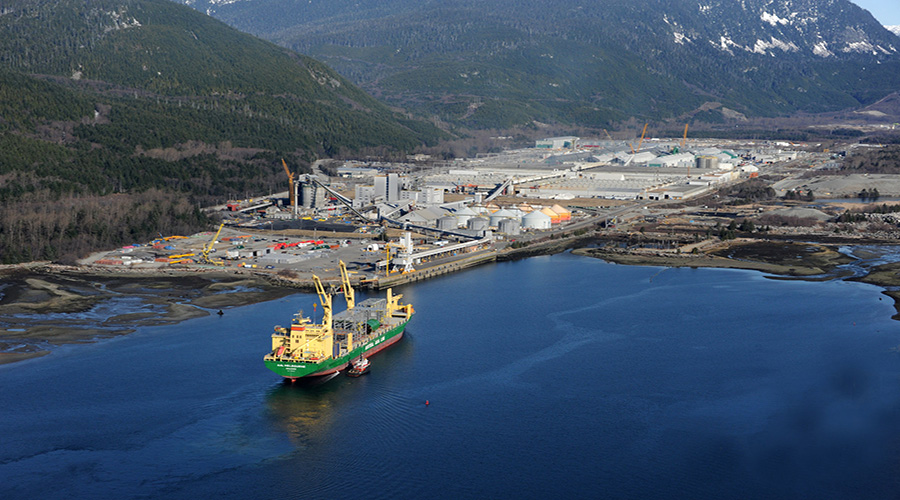
On Saturday, the BC Supreme Court released a decision acknowledging the dam’s negative impacts on the Nechako River and, as a consequence, on the aboriginal rights of the Stellat’en and Saik’uz First Nations.
But the court stopped short of assigning blame to the dam’s owner, Rio Tinto, since it was authorized by the B.C. and federal governments.
In launching a nuisance suit against Rio Tinto – formerly known as Rio Tinto Alcan — the Stellat’en and Saik’uz had hoped for an order that at least would order the company to address river flow levels. Their suit was supported by a resolution of the Regional District of Bulkley-Nechako.
In March 2021, Stellat’en Chief Robert Michell told BIV News that one hoped-for remedy was an order that Rio Tinto reduce the amount of water it uses to power its Kitimat aluminum smelter, since about 20% of the power generated is surplus power that is sold to BC Hydro.
The court declined to go that far, but did find that senior governments have a duty to protect aboriginal fishing rights and take “appropriate steps” to protect the river and its fish.
“While we are disappointed that Alcan has not been directly required today to restore the flow of the river, we are glad that the court has recognized that the Crown has a duty to take positive action to protect the fish and our rights as First Nations people,” Saik’uz Chief Priscilla Mueller said in a press release.
The Kenney dam was built in the 1950s to create the Nechako Reservoir, which powers the Kemano generating station 75 kilometres southeast of Kitimat.
It’s estimated that river flow in the upper Nechako River is 36% of what it was before the dam was built. Lower river flows are believed to be behind a dramatic decline in fish, notably sturgeon.
Nechako white sturgeon are considered endangered by the Committee on the Status of Endangered Wildlife in Canada. Efforts have been underway over the years to rebuild declining stocks through a hatchery.
When the case went to the BC Supreme Court last year, Rio Tinto acknowledged the harm caused by damming the Nechako and said it was committed to “maintaining an open dialogue with local First Nations and the Regional District of Bulkley-Nechako to find solutions.”
(This article first appeared in Business in Vancouver)




